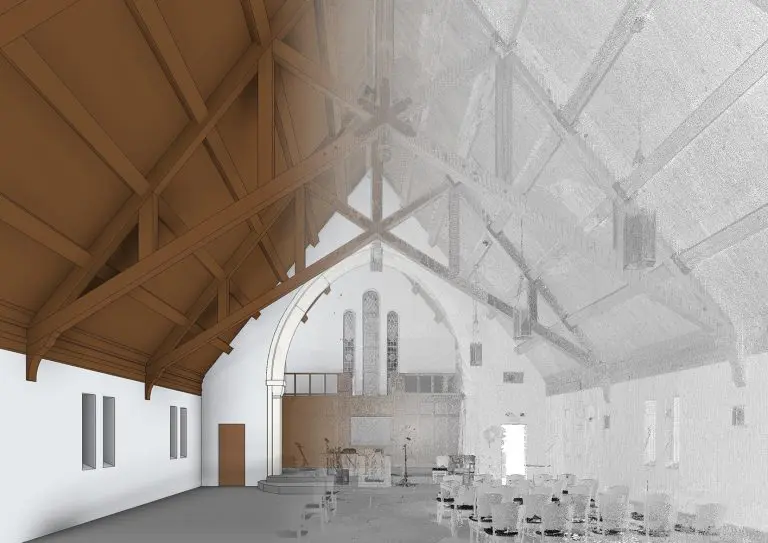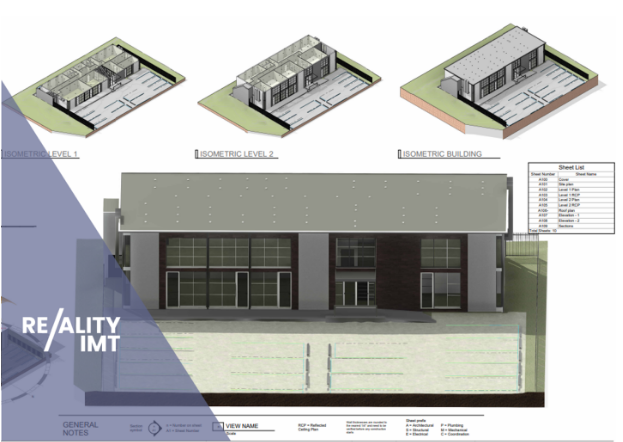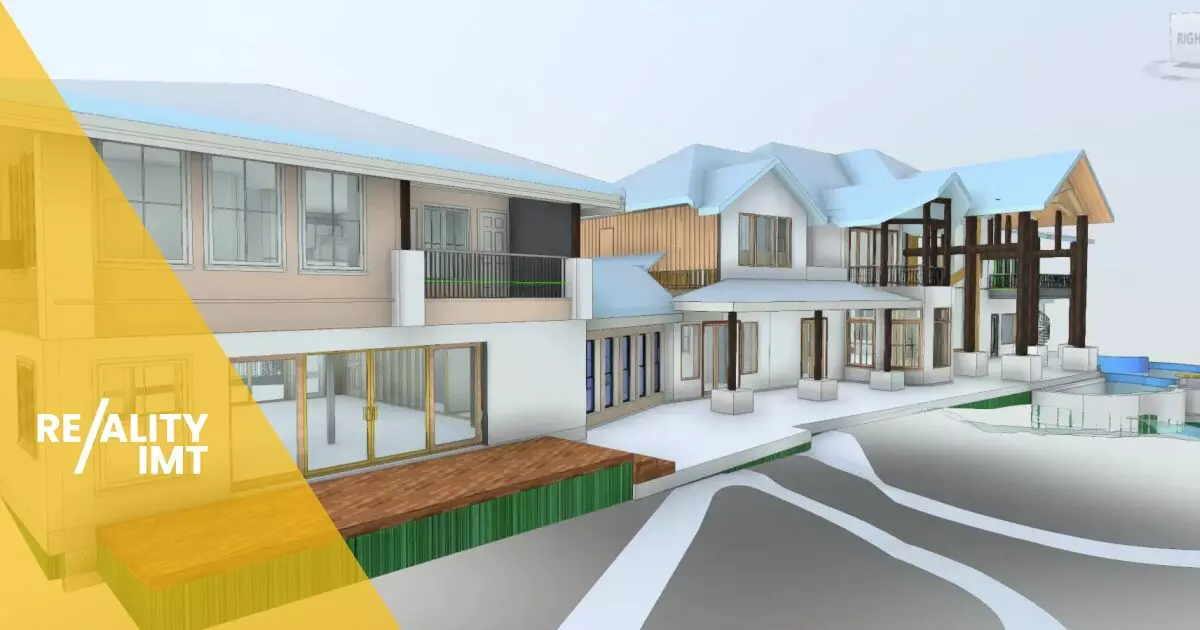The construction industry has always been struggling due to poor conceptualization, errors, and miscommunication. In such an event, HDS in construction is a fair attempt to revolutionize the industry.
Let’s see how
HDS to BIM = Precision and Accuracy In Construction Management
- The building to be analyzed and scanned is chosen.
- Using HDS scanning techniques, several spots indoor and outdoor are scanned. Each scan results in millions of points in 3D space referred to as pointcloud
- Pointcloud data is then registered (or connected together), then imported into CAD for modeling.
- 3D Modeling generates lines and surfaces from the pointcloud data, which is then developed into BIM.
- The resulting BIM from pointcloud model includes all visible objects to the scanner. Doors, windows, walls, ceilings, HVAC, light fixtures
- Thus, this process creates a 3D as-built that could help verify how structures are built, generate BIM from an existing building that can be used for remodeling and renovations.
Let’s understand this better with the help of a real example.
Let’s assume that a building requires concrete addition. To get started with the process, we built as-built drawing of the building. Further, we scanned and modeled the building and this revealed that as-built drawing of the building differed from the actual dimensions by around 3 feet.
Thus, if we would have relied on original drawings in order to build a concrete wall, it would have been of no use, and would surely require recasting. Assuming that this error would have been caught even before the wall was built, and then also, regenerating drawings would have been proved to be costly and time-consuming.
This is where HDS in BIM comes to your rescue. HDS produces a correct model of the building in question right from the beginning, and thus, not only save your time and money but also helps you in upholding your reputation in the market.
This not only boosts efficiency but also eliminates redundancy as there wouldn’t be any duplication of work. Since the structures are well defined with precise dimensions, errors in design-build are eliminated. This gives the project stakeholders full control in investigating the site, conceptualizing the proposed design, and renovating the space in a timely manner.
HDS Impact on the construction industry
As discussed earlier, HDS streamlines the operations in the construction industry. Let us see how it impacts this industry in particular.
Problem:
It is quite a normal scenario when buildings differ from the original blueprint due to small changes in the structure over time. If these changes are accurately documented at an early stage in the construction process, it will end up saving time and money down the road.
Solution:
This is where HDS in BIM can be put to good use. Using regular scanning methods and techniques, these small changes can be well documented. This would include precise measurements of the building, its interiors, exteriors, interstitial spaces, its piping and electrical work, etc. Before any renovation works, existing conditions can be delivered in BIM.
Virtual Site Walkthrough Sample video
Problem:
What happens when you cannot actually visit the construction site, but need information about how it looks?
Solution:
This is a unique part of HDS. The whole point of this surveying tool is to make work and the process simpler for you. With the help of HDS, you can actually perform a virtual tour right from the comfort of your desktop. The scan performed is published on a web-based platform, where you can get a whole 360-degree view of the area. This ensures that you have an x-ray of the project that you can refer back to at any time, without physically being present at the site.
HDS and Other Industries
If you thought HDS was limited to construction buildings only, it is time to think again! It works equally well on more mechanized setups as well. Be it an oil and gas plant, water treatment facility, or a historical site, HDS can work as the ideal tool here. The main challenge with these settings is the extensive piping networks and channels in difficult to reach areas. These are the areas that cannot be usually analyzed or worked on.
With the help of HDS surveying tool, these difficult corners can become accessible. When the data points are obtained for such structures, they are directly incorporated with the site’s 3D data file. Thereafter, all engineering design and analysis activities can be performed to the highest level of accuracy.
And Believe Us, HDS Data Handling Is Not an Issue Here
What use is the scanning method if the data is not accessible to you? While there are specific scanners fitting each individual construction project, but the issue arises with the storage of pointcloud data. Each such data set usually takes up a lot of space. However, the data obtained by Reality Imaging and Mapping Technologies using HDS can actually be accessed on a number of platforms including AutoCAD, Google Sketchup, Navisworks, Revit, ArchiCAD, Trueview, and more. Plugin can also be recommended based on the 3D software used.
Overall, HDS creates a more structured process in the construction phase of any project, it streamlines the workflow, and provides highly accurate as is data for future analysis.
That said; ready to harness the capabilities of HDS in your next project, but not sure from where to start? We are here for you! Contact us today



